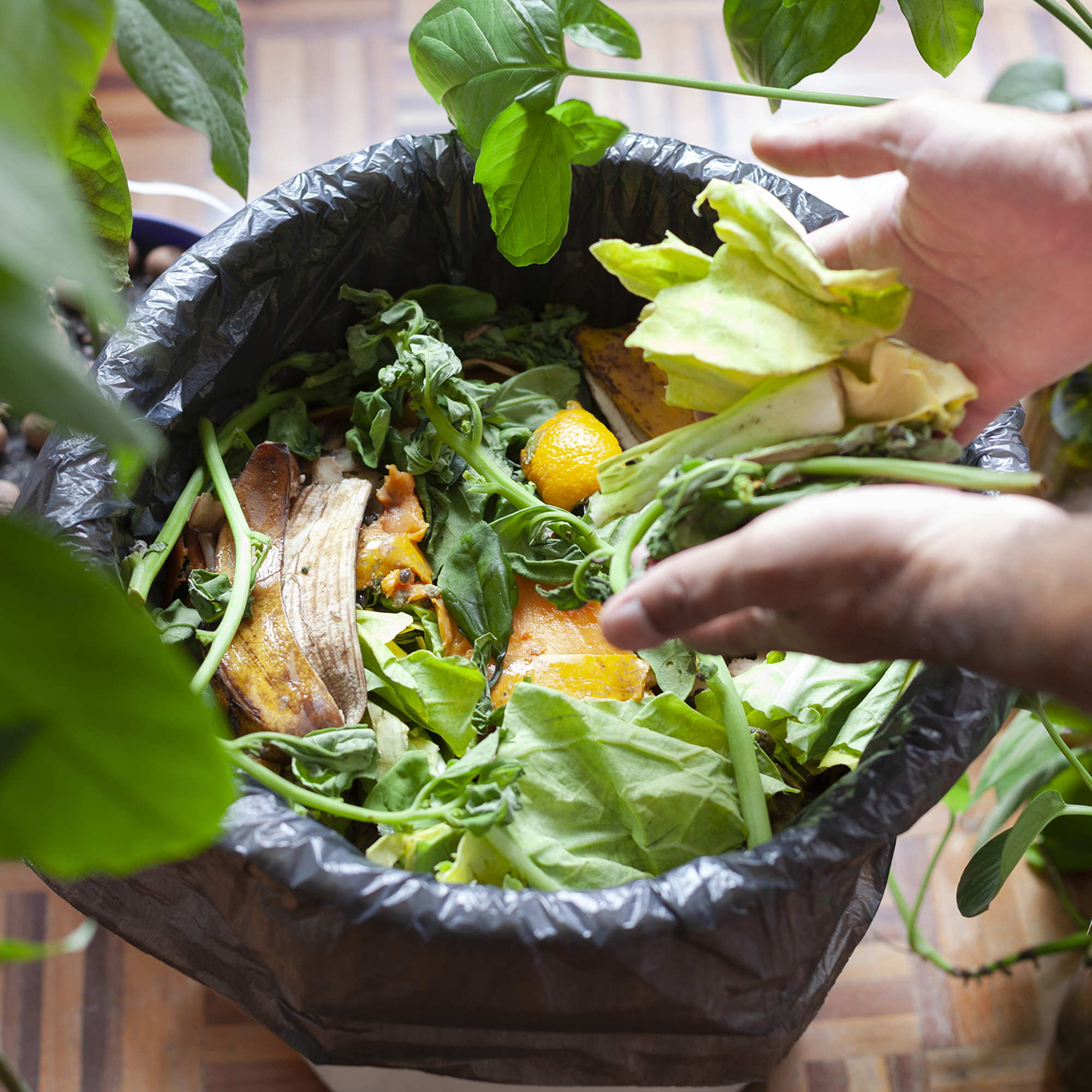How to Grow Pinto Beans: Care And Harvesting Of Pintos

If you enjoy Mexican food, you’ve no doubt eaten your share of pinto beans which feature prominently in the cuisine. They are probably so popular because of the warm, drier climate south of the border. If you live in a warm subtropical region, want to expand your garden bean options, or if you love Mexican food, you should be growing pinto beans. Read on to find out how to grow pinto beans and other pinto bean information.
Pinto Bean Information
Native to Mexico, pintos take about 90 to 150 days to grow as a dry bean but can be harvested earlier and eaten as a green snap bean. They come in both determinate (bush) and indeterminate (pole) varieties. They require very little care, although they need more space between plants than other bean types.
Since they are indigenous to subtropical climes, they can be sensitive to cold. Pintos need long, warm summers with full sun exposure of at least six hours per day. Do not plant pinto beans where other beans have been growing for at least three years, as they may be susceptible to disease. Beans, in general, do not do well when transplanted so it’s best to direct sow the seeds.
Do not plant them too early or they will rot in cool, damp soil. Since the beans take a long time to mature, jump start the growing process by laying down black plastic to keep the soil warm. Or you can grow pinto beans in containers indoors to be moved outside once temperatures warm.
Pinto beans do well as companion plants with cucumbers, celery, and strawberries. Although they taste great when combined, avoid companion plantings alongside onion, garlic, and fennel.
How to Grow Pinto Beans
Plant the pintos in well-draining, fairly fertile soil with a pH of 6.0 to 7.0. Work in compost prior to planting to reduce the need to fertilize. Before planting, soak the beans overnight. The eye of the bean should be facing downward, planted at a depth of 1 ½ inches (4 cm.), 4 to 6 inches (10-15 cm.) apart with at least 2 feet (61 cm.) between rows when growing pinto beans.
If planting bush beans, allow additional space between rows for increased aeration. If planting pole type beans, be sure to provide a support like a trellis, teepee, or fence. Water the seeds in well and keep moist. Germination should occur between 8 and 14 days provided temperatures are between 70 and 80 degrees F. (21-26 C.). Gently thin the seedlings to 6 inches (15 cm.) apart.
Gardening tips, videos, info and more delivered right to your inbox!
Sign up for the Gardening Know How newsletter today and receive a free copy of our e-book "How to Grow Delicious Tomatoes".
Once the seedlings have established, water the plants sparingly; wait until the soil dries out between watering. Pintos don’t mind drying out, but they hate wet roots. To prevent mildew and other fungal diseases, water from the base of the plant to keep the leaves dry.
Keep the area around the beans free of weeds but do so carefully lest you disturb the roots. Feed the beans with some compost tea halfway through the growing season.
Otherwise, it is generally unnecessary to fertilize. Now you just need to keep an eye on them and wait patiently for the harvesting of pintos.
Harvesting of Pintos
As mentioned, harvesting won’t take place until 90 to 150 days (depends on the variety and weather) have passed. Pintos can be harvested when they are still green and immature, but most people leave them on the vine until they dry. At this point, they will be firm and the thickness of a pencil.
Bush pinto beans mature all at once, but pole beans are harvested on a continuous basis which encourages additional production for a month or two. To harvest pinto beans, gently pull or snap off the vine. If you are growing for dry beans, be sure the plants have plenty of space between them to allow the pods to dry completely.
If you get a late rain and the pods are mature, pull the entire plant from the ground and hang it in a dry place to continue to desiccate.

Amy Grant has been gardening for 30 years and writing for 15. A professional chef and caterer, Amy's area of expertise is culinary gardening.
-
 4 Superfast Composting Methods: Turn Waste Into Garden Gold In 30 Days Or Less
4 Superfast Composting Methods: Turn Waste Into Garden Gold In 30 Days Or LessTry the fastest composting methods to turbocharge your pile and transform kitchen scraps and garden waste into finished compost in just a few weeks.
By Mary Ellen Ellis
-
 Best Spider Plant Soil – Complete Soil Guide And Expert Tips For Keeping Plants Happy
Best Spider Plant Soil – Complete Soil Guide And Expert Tips For Keeping Plants HappySpider plants are fun and easy plants to grow, but what is the best soil for a spider plant? Selecting the right soil is important so they can thrive.
By Bonnie L. Grant